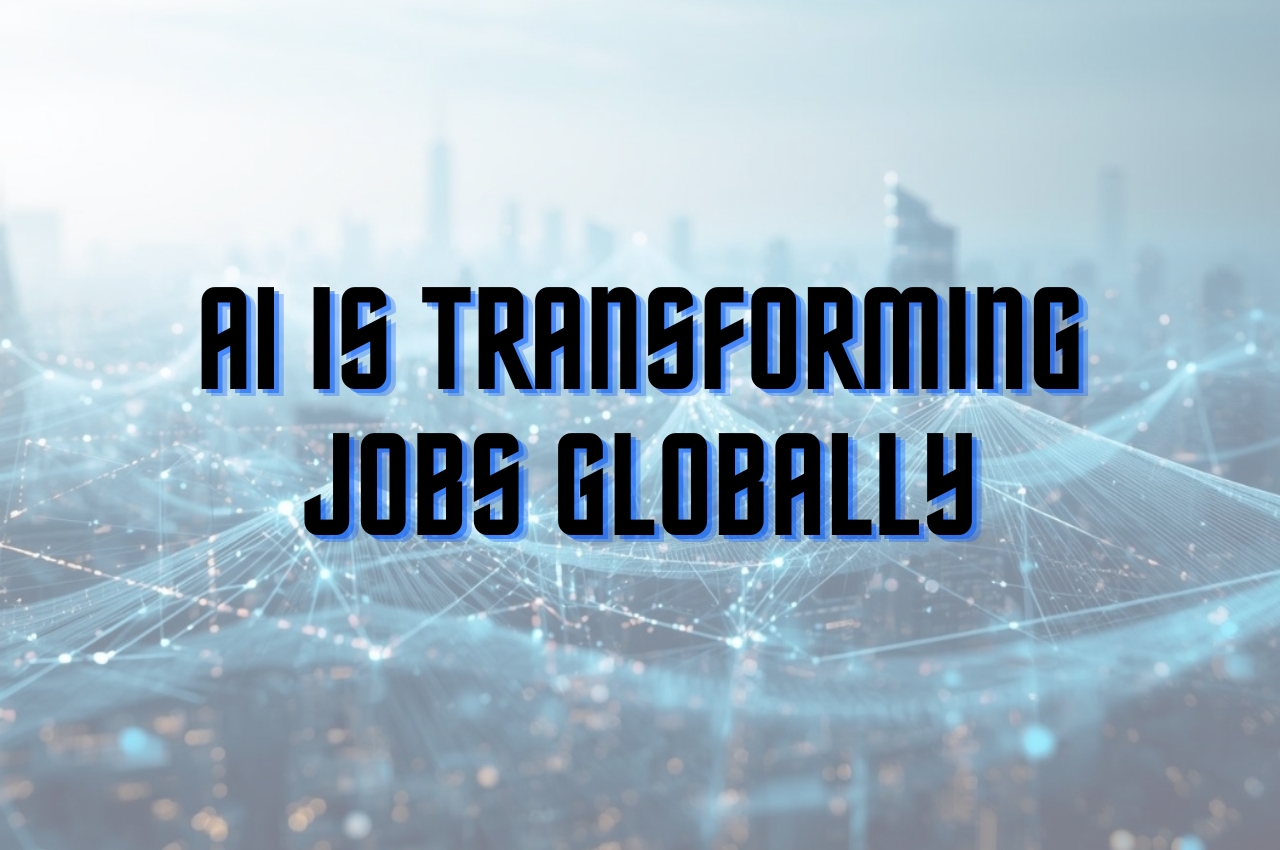Artificial intelligence technologies, including machine learning and automation, are fundamentally altering job roles globally. By automating repetitive processes and augmenting decision-making, AI is transforming jobs globally from manual and routine work towards complex, creative, and supervisory tasks. This reshaping refers not only to job loss but also to the evolution and creation of new positions that require different skill sets. The effects vary by sector, geography, and workforce demographics, necessitating nuanced analysis and tailored responses.
Industries Most Affected by AI-driven Job Changes
Manufacturing, retail, financial services, and customer service are among the industries heavily impacted. Manufacturing sees increased automation of assembly lines, while retail adapts with AI-driven inventory and personalized shopping experiences. Financial sectors use AI for fraud detection and algorithmic trading, reshaping analyst and clerk roles. Customer service integrates AI chatbots, changing interaction dynamics between companies and consumers. Each sector confronts unique challenges and opportunities in workforce realignment .
New Roles and Skills Emerging in an AI-Driven Economy
New occupations relating to artificial intelligence system design, data analysis, cybersecurity, and ethical AI oversight are growing rapidly. Adaptability, digital literacy, problem-solving, and collaboration with AI tools become essential skills. Upskilling and lifelong learning are crucial for workers to maintain relevance. Employers are investing in apprenticeships and continuous training programs to build these competencies within the workforce .
Challenges and Risks Associated with AI Job Displacement
While AI creates opportunities, it also risks disproportionate displacement among low-skill and entry-level workers, potentially exacerbating income inequality. Workforce transitions may be uneven, with vulnerable groups disproportionately affected. Addressing these challenges requires social safety nets, retraining initiatives, and inclusive policies that ensure broad access to upskilling.
How Organizations Can Prepare and Adapt to AI Workforce Changes
Companies should adopt a proactive approach by integrating workforce planning with AI strategy, investing in skill development, and fostering a culture of innovation. Transparent communication, reskilling programs, and job redesign focused on human-AI collaboration maximize benefits while minimizing negative impacts. Emphasizing ethical AI deployment also builds employee and public trust .
Case Study: Artificial Intelligence Impact on Customer Service Jobs
A global telecommunications firm introduced AI chatbots to handle basic queries, reallocating customer service agents to complex support and relationship management. This transition improved customer satisfaction by 20%, reduced operational costs, and increased employee engagement by enabling higher-value work. Continuous workforce training was pivotal in sustaining this success .
Key Metrics to Track AI’s Influence on Employment
Metrics include job displacement rates, job creation trends by sector, skill gap analyses, employee satisfaction and retention, training program effectiveness, and economic measures of income disparity. Tracking these indicators supports data-driven policy and workforce planning .
Practical Recommendations and Roadmap for Workers and Employers
-
Invest in continual digital skills development.
-
Prioritize cross-functional collaboration and adaptive learning.
-
Employ AI ethically and transparently to enhance roles rather than replace them.
-
Establish public-private partnerships for workforce reskilling.
-
Foster inclusive policies ensuring equitable access to new opportunities.
Experience
Drawing from consulting engagements with financial firms adopting AI, I observed that companies prioritizing human-AI collaboration rather than replacement achieved higher employee morale and seamless operational integration, confirming that balanced transition strategies are key to sustainable workforce transformation.
Visual Suggestions
-
Graph showing AI-driven job displacement vs. job creation worldwide (alt text: “Chart comparing AI-related job losses and gains globally”)
-
Infographic of emerging AI-related job categories and skill sets (alt text: “Visual map of new AI-driven occupations and essential skills”)
-
Case study process flow depicting human and AI roles in customer service (alt text: “Diagram illustrating integration of AI chatbots and human agents”)
-
Workforce adaptation roadmap chart (alt text: “Roadmap for organizational AI transition strategies”)
-
Heat map of regions most affected by AI-driven employment shifts (alt text: “Global map highlighting AI job impact across regions”
FAQ
1 Is Artificial intelligence causing widespread job loss?
AI automates some jobs but also creates new positions requiring new skills; the impact varies by sector and region.
2. What skills are most important in an AI-driven job market?
Digital literacy, adaptability, critical thinking, and collaboration with AI systems are key competencies.
3. How can workers prepare for AI-related changes?
Continuous learning, upskilling, and embracing technology-assisted workflows are essential.
4. Will AI replace human workers entirely?
While AI automates certain tasks, human oversight, creativity, and emotional intelligence remain irreplaceable.
5. How should companies manage AI workforce transitions?
Through transparent communication, reskilling programs, and ethical AI adoption prioritizing augmentation over replacement.
Conclusion
Artificial intelligence is fundamentally reshaping jobs worldwide, presenting both challenges and promising opportunities. With strategic preparation, skill development, and ethical implementation, workers and employers can harness AI’s potential for growth while mitigating risks. Proactive collaboration remains critical to future workforce resilience.

